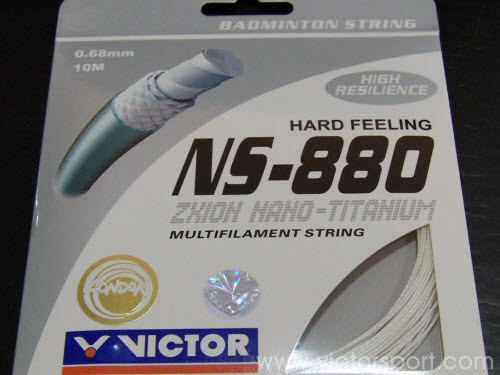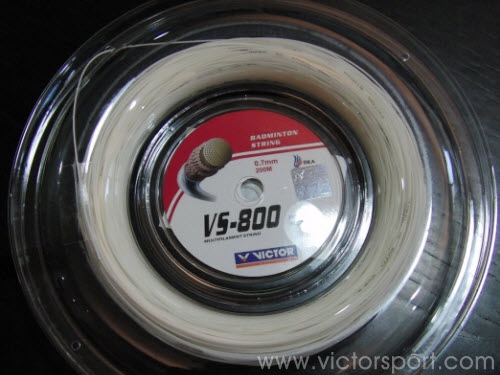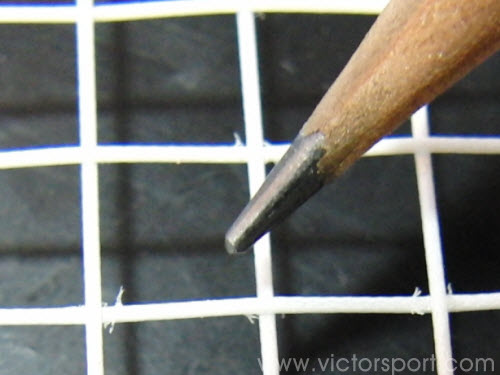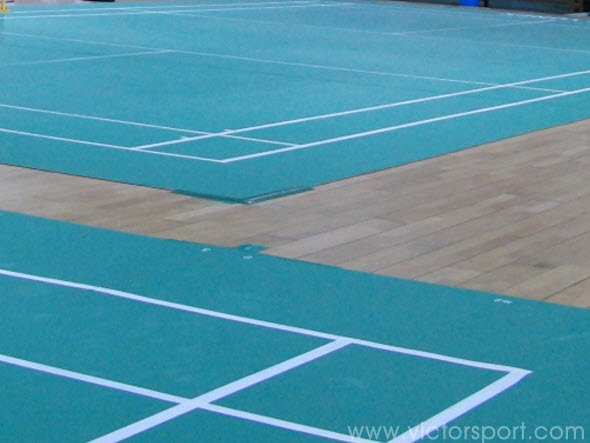Racket string knowledge

Foreword
When you have a suitable racket you need a suitable string. Before getting one we should acquire some basic knowledge about racket strings.
Material
In earlier time strings were made from catgut. Although they had good elasticity and good feel they were easily affected by damp and broke easily, weren’t easy to store and were also expensive to make.
Specification
1.Diameter
Current string diameter is 0.6mm~0.8mm;in terms of the same material, the thicker the string the more durable it will be but the poorer its elasticity will be;the thinner the string the greater the elasticity but the poorer the durability will be and the easier it will break.
2. Length
Single use strings are usually 10 meters long (Picture 1). Racket shops need to use a large amount of string so will buy spools with 200 meters of string on them (Picture 2).


Picture 2 A spool of string
String maintenance
Strings should be kept in a dry, dark and cool place. When a racket has been strung it should be stored in a bag to protect it from damp and rain; it should also be protected from sweat.
Rackets and strings should also be kept away from high temperatures and strong sunlight, like inside a car on a sunny day, to avoid the string becoming misshapen or deteriorating.
Changing the strings
1.Broken strings
When some of the strings in your racket break or fray seriously don’t carry on using it as the stress will be unevenly distributed and your racket will become misshapen The damaged strings should be immediately cut.
2.Loss of poundage
Both when a racket isn’t being and when it is used normally the phenomenon of loss of poundage / tension occurs; when a racket is used frequently the impact of the shuttlecock on the strings will reduce their elasticity and loss of poundage will be more obvious.
This means that the racket strings should be replaced after a period of use rather than waiting until thy are broken to replace them.
3.Strings develop rough edges
Every time a shot is played, whether it is a smash, drop shot or lob, friction will be caused between the strings and between the strings and racket, marking the strings and producing rough edges (shown in Picture 3.)
Rough edges are produced by the tearing of the string fibers and this reduces string tension and poundage. When the sweet spot on a racket has serious rough edges the strings should be replaced.
Also, the area where there are rough edges can tell you if you are hitting the shuttlecock correctly. If the rough edges are near the frame or outside the sweet spot then you should adjust the hitting point.













